
The act was passed in 1983 and has contributed to increased research and development on treatments for rare diseases.
Gianna is an associate editor of The American Journal of Managed Care® (AJMC®). She has been working on AJMC® since 2019 and has a BA in philosophy and journalism & professional writing from The College of New Jersey.

The act was passed in 1983 and has contributed to increased research and development on treatments for rare diseases.

Artificial intelligence may be leveraged to improve minimal residual disease measurements for patients.
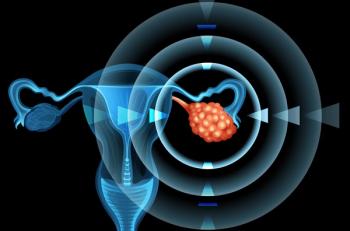
Outcomes for patients with this form of the disease are poor and treatment options are limited.

Measurable residual disease (MRD) can predict disease progression in patients who have acute myeloid leukemia (AML), acute lymphocytic leukemia (ALL) and chronic myeloid leukemia (CML).
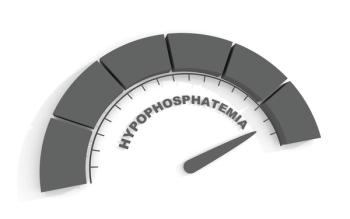
There are several reasons patients with multiple myeloma may experience the electrolyte abnormality.

A novel natural language processing pipeline (NLP) may be able to help expedite the time-consuming process of gleaning this information from summaries.

The majority of patients had prior experience with telemedicine, but none had experience with telerehabilitation.

Authors suggest the finding may indicate the cells play a role in hematological malignancies.

The Mayo Clinic’s Program for Rare and Undiagnosed Diseases was first implemented in 2018.

Latina women at risk of hereditary breast and ovarian cancer are less likely to be referred for genetic counseling and testing.

The infrastructure also provides a blueprint for similar initiatives in other rare diseases.

Since 1930, there have been fewer than 1000 cases of the disease reported around the world.

The advent of gene therapies, which can target specific variants, means pinpointing the genetic roots of each patient’s disease has taken on new importance, researchers said.
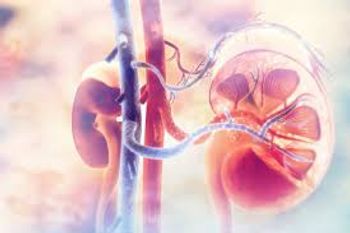
A recent review highlighted a selection of emerging therapies and advances in sickle cell disease (SCD) that focus on renal manifestations.

The model has potential to assist integrated delivery network health care providers through early identification of patients with pulmonary arterial hypertension (PAH), a rare but fast-progressing condition.

The findings are based on survey responses and focus group transcripts reflecting the experiences of nine patients.
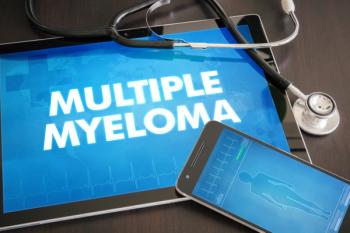
Researchers noted that despite the promising findings, more novel treatments are needed to overcome the disease’s resistance.

Researchers laid out 6 position statements for the technology in this patient population.

These patients experienced overall improvements in objective health outcomes during the crisis compared with before the health emergency.

The treatment landscape for multiple myeloma has shifted since European Organisation for Research and Treatment of Cancer Quality of Life Multiple Myeloma Questionnaire (EORTC QLQ-MY20) was first developed in 1996.

Past research shows no meaningfully increased risk of venous thromboembolism (VTE) in patients with more common chronic inflammatory skin diseases.

Misdiagnosis was common in these patients, and mean time to diagnosis was around 5 years.

However, overall fertility rates of patients with psoriasis were similar to national fertility trends, authors found.

The study also highlighted disparities in accurate diagnosis of myelodysplastic syndromes (MDS).

Both genera and regional anesthesia can be safely used in patients with pulmonary arterial hypertension (PAH).
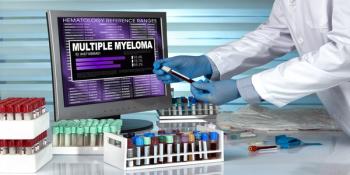
The 68-year-old patient had multiple myeloma and breast cancer.
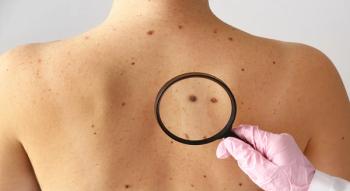
The incidence rate of melanoma in situ (MIS) has sharply risen since 1975.

Results are based on a series of surveys completed by 17 experts.

Patients with the rare disease typically present with hypertrophic cardiomyopathy and muscular hypotonia before the age of 1.
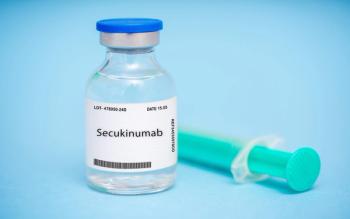
Findings are based on a retrospective, multicenter study carried out in Spain.

259 Prospect Plains Rd, Bldg H
Cranbury, NJ 08512
© 2025 MJH Life Sciences®
All rights reserved.
